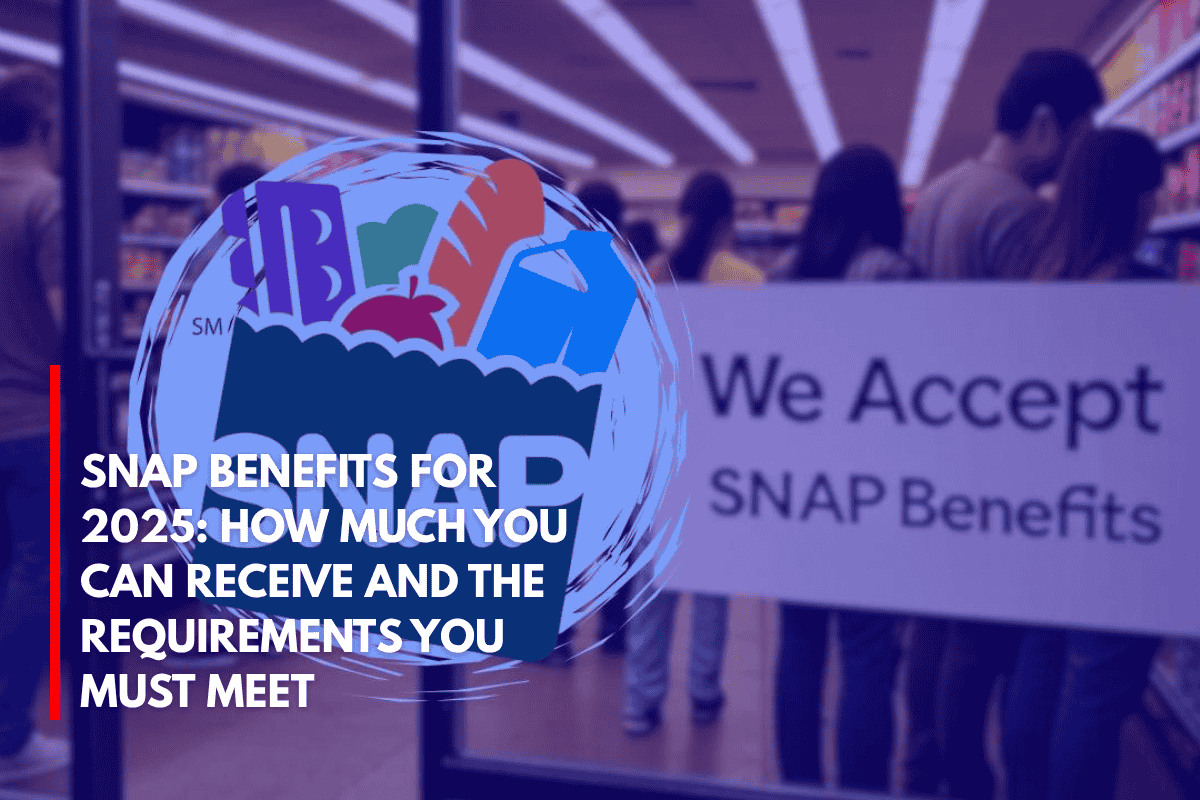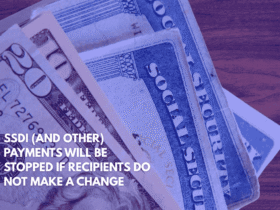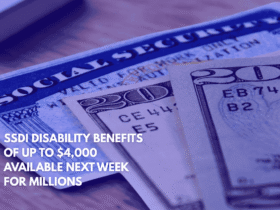The Supplemental Nutrition Assistance Program (SNAP) helps millions of families in the United States by providing financial assistance for food. As we move into the period from October 2024 to September 2025, SNAP benefits are adjusted based on household size, income, and other factors.
If you are wondering how much you might receive or whether you are eligible, here’s a breakdown of everything you need to know about SNAP in 2025.
SNAP Benefit Amounts by Household Size
SNAP benefits vary depending on the size of your household. For the period from October 2024 to September 2025, the maximum monthly benefits for the 48 contiguous states and Washington, D.C. are as follows:
1 person: $292
2 people: $536
3 people: $768
4 people: $975
5 people: $1,158
6 people: $1,390
7 people: $1,536
8 people: $1,756
For each additional person beyond eight, the benefit increases by $220.
However, if you live in Alaska, Hawaii, Guam, or the Virgin Islands, the benefit amounts are higher. For instance, a family of four in urban Alaska can receive up to $1,258.
Income Limits for SNAP Eligibility
To qualify for SNAP benefits, households must meet both gross and net income limits. These limits vary based on household size. For example:
For two people:
Gross income: $2,215/month or $26,580/year
Net income: $1,704/month
For four people:
Gross income: $3,380/month or $40,560/year
Net income: $2,600/month
These income limits include all sources of income such as wages, pensions, unemployment benefits, and tips.
Deductions and Exemptions
Some expenses can be deducted from your income to help you qualify for SNAP benefits. These include:
20% of earned income
Childcare expenses
Excessive housing costs
Medical expenses for elderly or disabled members of the household
Households that include elderly or disabled individuals only need to meet the net income threshold, which may be higher than for others.
They are allowed to have up to $4,500 in savings, compared to the $3,000 limit for other households. Their income limit is also 165% of the poverty level, which translates to $2,071 per month for a single person.
If you have a vehicle, it won’t be counted as a resource if it is used for work, transport for disabled people, or serves as your home. Vehicles valued at less than $4,650 are not considered assets for eligibility.
Special Rules for ABAWDs
For individuals aged 18 to 52 without dependents, known as ABAWDs (Able-Bodied Adults Without Dependents), there are additional requirements. These individuals must work at least 20 hours per week or be in an approved training program to continue receiving SNAP benefits for more than three months per quarter.
How Long Does It Take to Get SNAP Benefits?
The SNAP application process typically takes up to 30 days for approval. However, households with minimal resources (less than $100 in net income and $150 in gross income) may have their applications processed in as little as 7 days because they are considered emergency cases.
Once approved, benefits are delivered through an Electronic Benefits Transfer (EBT) card, which can be used to purchase food at participating supermarkets and online platforms like Amazon and Walmart.
Will SNAP Benefits Increase in 2025?
Currently, the maximum SNAP benefits will remain in place until September 30, 2025. However, the Cost of Living Adjustment (COLA) may impact future increases. The USDA typically announces COLA adjustments in August, and it could affect SNAP benefits.
Although the COLA is tied to inflation, it doesn’t always lead to an increase in benefits. For example, in Hawaii, after the last two COLA adjustments, beneficiaries saw a reduction in their maximum benefits due to inflation not rising as expected.
If a COLA increase is announced, the new benefits would take effect on October 1, 2025, with changes reflected in your regular October payment.
It’s worth noting that unlike Social Security recipients, who see their COLA adjustment in January, SNAP beneficiaries generally see their adjustments in October, which helps them manage the effects of rising costs sooner.











Leave a Reply